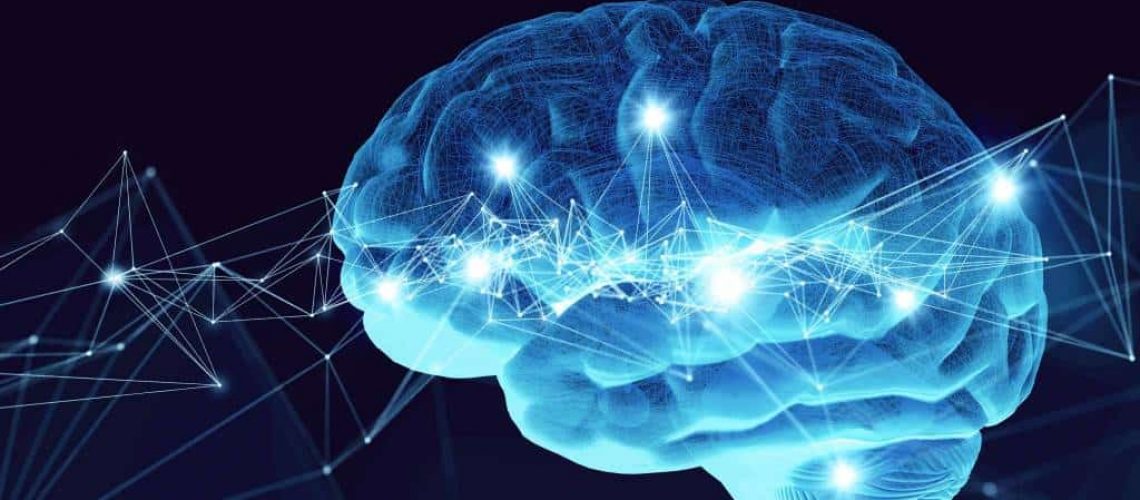Unconscious biases generally refer to social attitudes and beliefs
Unconscious biases impact our perceptions, attitudes and actions about groups of people. In fact, biases can be favorable for some people and unfavorable for others. In other words, they can lead us to favor some individuals that display the attributes we unconsciously prefer. However, they generally result in various negative outcomes in education, employment, access to housing, healthcare, … for women, ethnic minorities, the elderly, people with disabilities, …
Unconscious biases are shaped outside of our control : individuals are unaware of them. Importantly, biases are not accessible through introspection. Surprisingly, they can lead people who explicitly believe to be fair and open-minded to develop unfair, non inclusive behaviors, outside of their awareness. Most biases are shaped by various messages our brain receives, some very early in our life. They are reinforced on an on-going basis by the culture in which we live.
Unconscious or cognitive biases : a much wider impact, beyond social representations
In fact, an unconscious bias is a repeated distortion of the processing of information by our cognitive system. The distortion can already start in our eyes: they sometimes distort visual information, as evidenced by cognitive illusions. Actually, bias can appear at all stages of the cognitive process: at the collection of information, its analysis by our cognitive system or its restitution. Biases are often a reflection of the culture in which we were educated or in which we live . Culture shapes our thoughts in many areas. They can also be impacted by immediate mental inferences.
Our mental representations are not the direct representations of the world our us. They are our interpretation of reality. Individuals then create their own reality which does not correspond to the “real”, “objective” reality of the world around them.
Therefore, unconscious or cognitive biases can impact more broadly our auditory and visual perceptions, automatic behaviors, judgments, personal or professional decisions, but also our health and life expectancy.
There are many definitions of unconscious or cognitive biases, including among the most prominent researchers. While some have identified up to 180 unconscious biases, others, such as Dobelli or Baer and Lubin cite about a hundred biases and Daniel Kahnemann focuses mainly on 10 biases.
Neurovalue research has grouped biases into three categories
In line with Neurovalue action-oriented mission, we have grouped biases into three categories. Each category requires different interventions to effectively reduce biases and their impact:
heuristic or “reasoning” biases which refer to mental mechanisms that generally require structured reasoning. These can include identifying the right information for an analysis, setting forecasts, determining the right probability for the occurrence of an event. Such “reasoning” biases are often shaped by the culture in which we were educated: our initial education shapes the way we structure our reasonings. They are also shaped by the culture in which we work and by the decision-making processes of the company in which we operate.
“emotional” biases such as risk aversion, are biases which are related to various emotions such as excitement, sadness, anxiety… They are often also impacted by the culture in which we work but also by our own personality.
Social biases that impact the way we perceive and interact with others, such as unconscious associations of gender and family or leadership. These unconscious biases are -unexpectedly- the consequence of the culture in which we live but also of our individual experiences and perceptions.
In over 90% of situations, our brain processes information efficiently and correctly. But in 10% of cases, these multiple biases have a negative impact on the quality of decisions made, on our ability to adapt and change and more generally on the quality of individual interactions. Reducing their impact is therefore an important performance lever.




